Yellowish stains on natural stone
Yellowish stains often appear on natural stone, especially on Marble due to its inherent nature. Typically gold colored stains mostly brown. Vinastone would like to introduce some basic information about yellowish stains on natural stone.
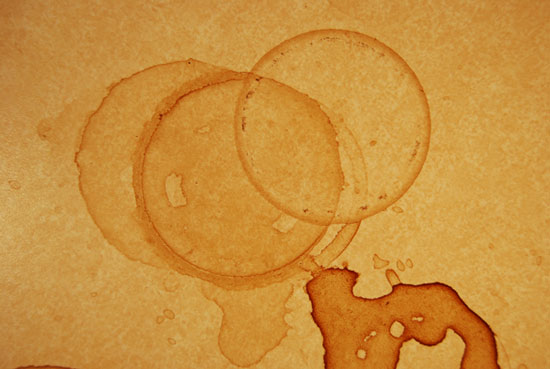
What caused yellowish stains?
Iron staining is the most common cause of yellowing in natural stone. Iron staining in marble can be caused from external and internal sources.
- Externally sourced iron may include the water supply, iron bearing minerals (or abandoned nails or screws) in the setting bed, or adjacent fixtures.
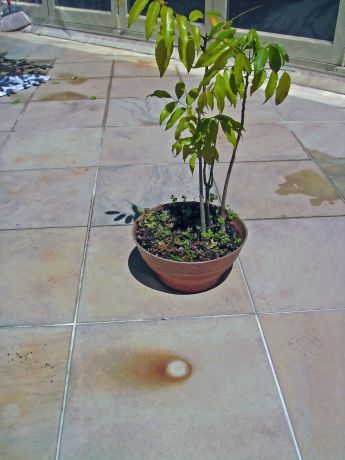
- Internally, iron can be sourced from naturally imbedded minerals. Many white marbles contain a random distribution of very small naturally occurring inclusions of iron-bearing minerals. It frequently occurs in the form of iron sulphide minerals, such as pyrite or marcasite. When exposed to oxygenated water or other oxidisers such as acids and household bleach, the sulphide minerals begin to oxidise to iron sulphate, then subsequently to iron hydroxide (rust). The release of sulphur as sulphate, in the presence of water, generally converts to sulphurous acid or to the more corrosive sulphuric acid.
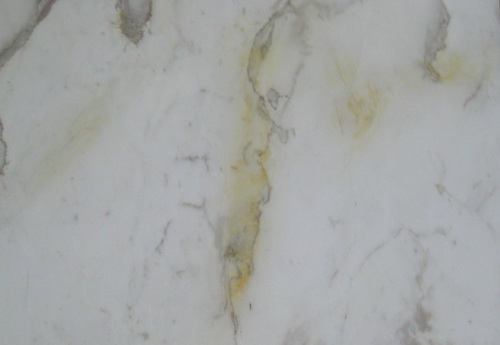
Although iron staining is the most common cause of yellowing in marble, the literature contains several other reasons this colour change may occur, the most common being:
- Improper maintenance – as a consequence of wear, polished surfaces may become rougher and attract dirt. If improper cleaners are used, the dirt begins to accumulate in the surface pores, discoloring the stone. In many cases, dirty mops are among the main contributing factors. The use of household bleach as a cleaning agent will also promote the oxidation of iron-bearing minerals. If a cleaner is acidic, etching will also occur. The process of buffing the stone with steel wool pads, while the floor contains moisture, may also cause the stone to yellow.
- Wax build up or coatings (waxes, acrylics, urethanes, etc.) – it is not uncommon for coatings to be applied in multiple coats. As coatings build up, dirt is easily embedded in the soft layer, thus discoloring the stone. Some products on the market are not compatible with marble surfaces, and may cause yellowing over time.
- The breakdown and release of natural gums and resins (terpenes) in damp underlying wooden subfloors can migrate upwards into
- In some two-part epoxy (screed additive) systems, the unreactive part, if the epoxy is not properly mixed, can migrate into the stone during moist conditions causing a yellow-brown discoloration.
- The migration of dyes from rubber mats or jute backing of carpets.
- A process for polishing marble known commonly as the crystallization process’ may produce, in some instances, yellow stains in marbles and limestone, especially if the stone contains moisture at application.
- Exposure to UV light or heat, can cause some stones, sealers and coatings to yellow over time.
Prevention of iron staining
The oxidation of iron sulphide minerals (and the resultant iron staining) is unlikely to occur if oxygenated water is excluded from the reaction. In other words, if the tiles (and grout joints) are sealed with a suitable deep penetrating sealer, staining may not occur. This assumption is based on the fact that all water available to the system is absorbed from the top surface, and grout joints, by way of cleaning procedures and water spills.
Marble, however, is a porous medium, which is capable of absorbing water, not only from the proper surface but from other sources.
Before installation, stone should be impregnated with suitable products like Hidro SST , Hidro Protector MM , Pro TW Lux , Protex .
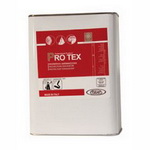 |
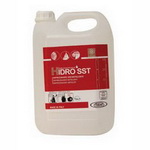 |
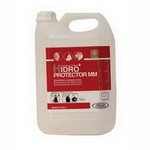 |
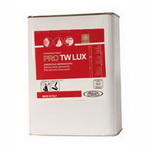 |
Specialised products for natural stone should be used
Trong quá trình sử dụng đá cần được chống thấm lại định kỳ: Thời gian chống thấm lại phụ thuộc vào loại chất chống thấm và hạng mục sử dụng.
Depending on the type of stone and impregnation products, natural stone should be periodically re-impregnate in the process of using. Besides, it is advised to use cleaning products with neutral pH or dedicated to natural stone such as Algafloor , Neugel .
Removal of yellowish stains: : This is always a challenge, even for professionals. Depending on the type of stone, specialized products to remove stains can be used are No Rug , Mar Gel , Mar Gel Plus , Oxidant .
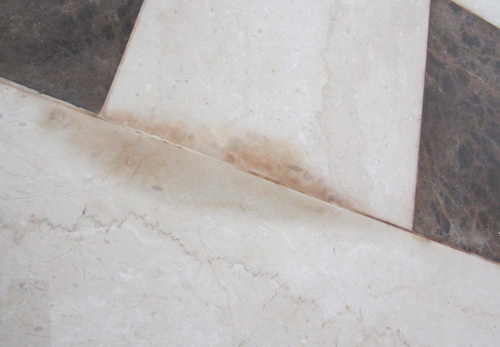
Yellowish stains before treatment
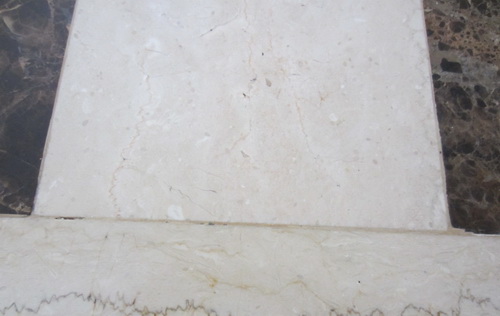
And after treatment with Faber products





